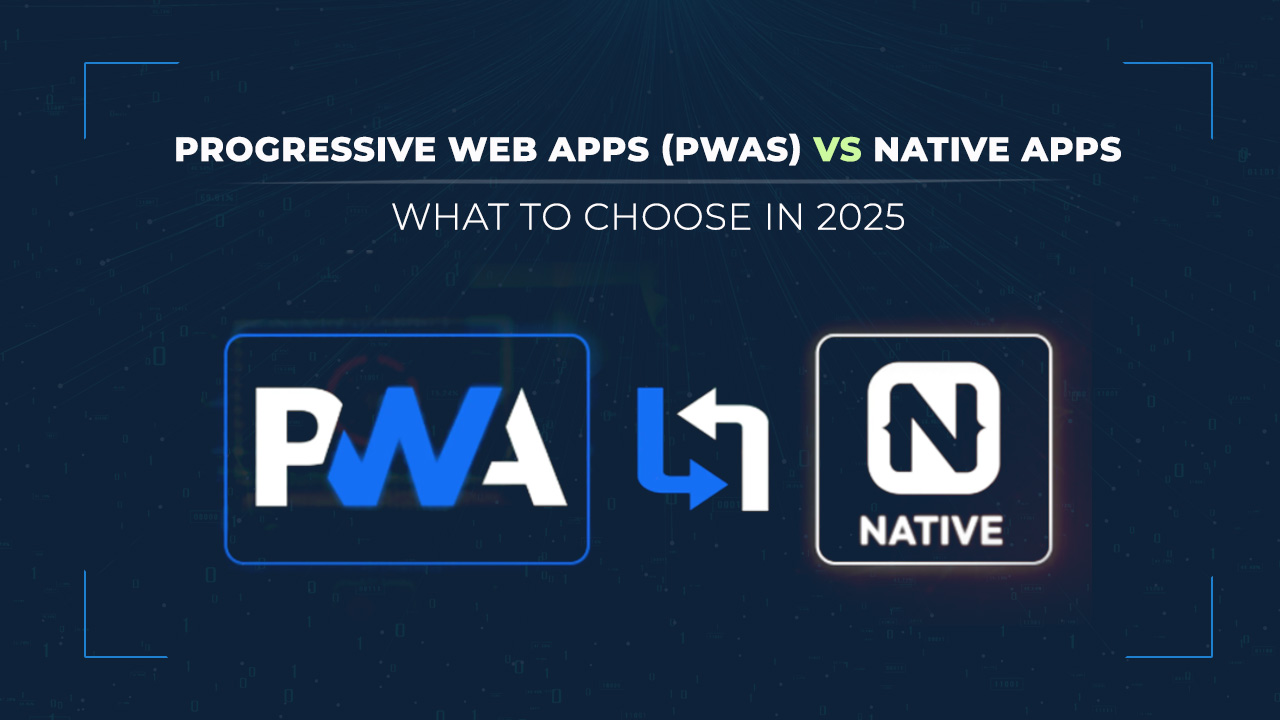Breaking the ice in social settings can feel daunting, especially when you’re meeting new people. Whether it’s a networking event, party, or casual gathering, the ability to strike up a conversation can help you form connections and make a memorable impression.
Effective conversation starters are not just about filling awkward silences—they’re about creating opportunities for meaningful exchanges.
In this detailed guide, we’ll explore 12 conversation starters to break the ice in social settings. Each suggestion is designed to be versatile, engaging, and easy to adapt to various scenarios.
1. Compliment Something Unique
Compliments are a powerful way to make someone feel appreciated and open to conversation. By noticing something unique about the person, you show that you’re observant and interested.
How to Use This:
- Mention Their Outfit or Accessories: “That scarf is amazing—where did you get it?”
- Comment on Their Energy: “You have such a friendly vibe. Have you been to events like this before?”
- Praise Their Work: If it’s a professional setting, you could say, “I’ve heard great things about your presentation. How did you come up with the concept?”
Pro Tip: Be genuine in your compliments. Insincere praise is easily spotted and may have the opposite effect.
2. Ask About the Venue
The setting of an event often provides easy conversation material. This approach is non-intrusive and relevant, making it a great way to start a dialogue.
How to Use This:
- Comment on the Atmosphere: “This place has such a unique vibe. Have you been here before?”
- Mention Food or Drinks: “The appetizers here are amazing. Have you tried the bruschetta yet?”
- Discuss the Event: “What brought you here today? Are you a regular at events like this?”
Pro Tip: Tailor your comments to the occasion, whether it’s a casual party, formal gala, or business meetup.
3. Share a Fun Fact or Trivia
People love learning something new, and sharing a fun fact or piece of trivia can be an excellent way to spark interest.
How to Use This:
- Relate It to the Event: “Did you know this building used to be a theater in the 1920s?”
- Pick a Universal Topic: “It’s interesting how coffee is the second-most traded commodity in the world after oil.”
- Tie It to Your Interests: “I recently read that practicing gratitude can boost your happiness levels. Have you ever tried keeping a gratitude journal?”
Pro Tip: Keep your trivia lighthearted and avoid controversial topics to maintain a positive atmosphere.
4. Ask for Recommendations
Asking for someone’s opinion or recommendation shows that you value their input, which can make them more receptive to conversation.
How to Use This:
- About the Event: “I’m new here. What’s the best way to navigate this event?”
- About Their Interests: “I’m looking for a good book to read. Do you have any favorites?”
- About the Area: “I’m not from around here—do you know any great restaurants nearby?”
Pro Tip: Be prepared to share your own recommendations if they ask you in return.
5. Bring Up a Shared Experience
Finding common ground instantly creates a sense of familiarity and eases social tension.
How to Use This:
- From the Event: “That keynote speaker was fantastic! What did you think of their insights?”
- From the Weather: “I can’t believe how warm it is today—perfect for an outdoor gathering.”
- From a Mutual Connection: “I think we both know [Name]. How do you know them?”
Pro Tip: Shared experiences can make people feel connected, so focus on positive or neutral topics.
6. Highlight the Occasion
Focusing on the event or occasion gives you a relevant and natural starting point for conversation.
How to Use This:
- Professional Events: “This conference has some great sessions lined up. Which ones are you looking forward to?”
- Social Gatherings: “It’s so nice of [Host’s Name] to organize this. How do you know them?”
- Festive Occasions: “I love how festive everything looks! What’s your favorite part about this holiday?”
Pro Tip: Keep your tone enthusiastic to make the other person feel engaged.
7. Ask Open-Ended Questions
Open-ended questions invite more than just a yes-or-no response, creating opportunities for deeper exchanges.
How to Use This:
- About Their Background: “What inspired you to get into your field?”
- About Their Interests: “What do you usually do for fun on weekends?”
- About Their Goals: “What’s a project you’re excited to work on right now?”
Pro Tip: Listen actively to their responses and ask follow-up questions to show genuine interest.
8. Use Humor to Lighten the Mood
Humor is an excellent way to make people feel at ease, as long as it’s appropriate and inclusive.
How to Use This:
- Make a Light Joke: “I think I got lost three times on my way here. At least I got a tour of the area!”
- Comment on the Event: “I think the dessert table is calling my name—want to join the quest?”
- Playful Observation: “Is it just me, or does this music make you feel like you’re in a 90s rom-com?”
Pro Tip: Avoid jokes that might come across as offensive or divisive, especially with people you’ve just met.
9. Reference Current Events
Current events provide a rich source of conversation starters, especially when they’re relevant to the setting or audience.
How to Use This:
- Global News: “Have you been following the recent developments in AI technology? It’s fascinating.”
- Pop Culture: “Did you watch the latest episode of [Popular Show]? Everyone’s talking about it!”
- Local Events: “I heard the food festival downtown was amazing this year. Did you check it out?”
Pro Tip: Stick to light and universally appealing topics unless you know the person shares your views on sensitive issues.
10. Compliment the Host or Organizer
Expressing appreciation for the event or its organizers is a great way to start a conversation with other attendees.
How to Use This:
- Direct Compliment: “This event is so well-organized. I’m really enjoying it. How about you?”
- Discuss the Setup: “The decorations are amazing. Do you know who put this together?”
- Praise the Food or Activities: “The catering is fantastic! Have you tried the dessert yet?”
Pro Tip: Compliments about the event can transition into broader topics, keeping the conversation going.
11. Ask About Hobbies or Interests
Asking about someone’s hobbies or interests helps you connect on a personal level and opens the door for deeper conversations.
How to Use This:
- General Inquiry: “What do you usually do to unwind after a long day?”
- Specific Topics: “I noticed your camera—are you into photography?”
- Travel: “Have you traveled anywhere interesting lately?”
Pro Tip: Be prepared to share your own hobbies to create a reciprocal exchange.
12. Use the Power of Observation
Pay attention to subtle details about the person or the environment to craft a tailored conversation starter.
How to Use This:
- Notice Their Actions: “I saw you chatting with the speaker earlier—what did you think of their talk?”
- Comment on Group Dynamics: “Everyone seems to be having a great time. Have you been to similar events before?”
- Spot Shared Experiences: “You were laughing during that story earlier—wasn’t it hilarious?”
Pro Tip: Observations make the interaction feel personal, showing that you’re engaged and attentive.
Takeaway
Starting a conversation in social settings doesn’t have to be intimidating. These 12 conversation starters to break the ice are versatile and effective tools for connecting with others, whether at professional events, casual gatherings, or festive celebrations.
Remember, the key to a great conversation is genuine interest and active listening. By using these techniques, you’ll not only overcome awkward silences but also create meaningful connections that leave a lasting impression.
Practice these conversation starters in your next social setting and watch how they transform your interactions. With the right approach, you can turn any encounter into an opportunity for connection and growth.










































